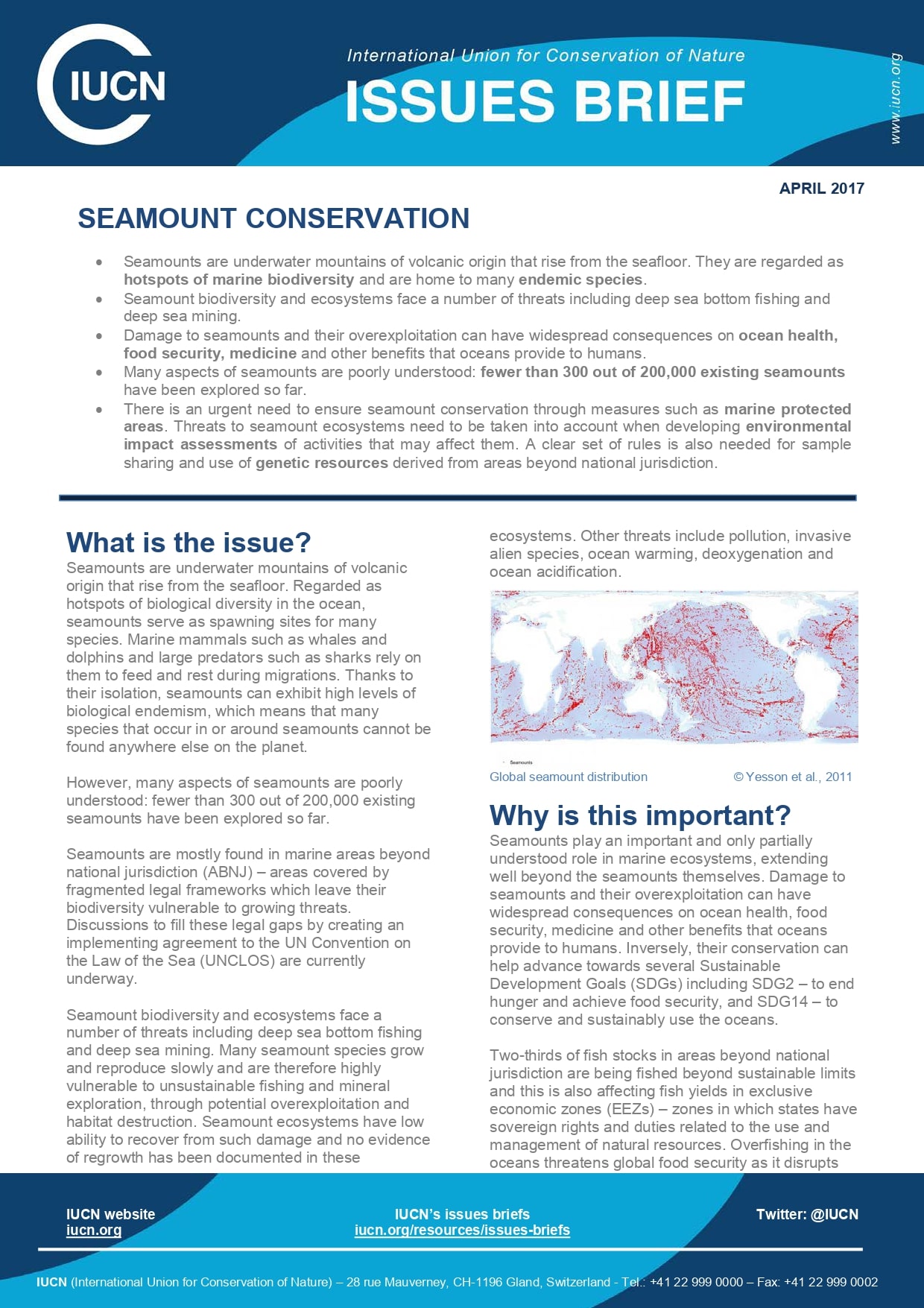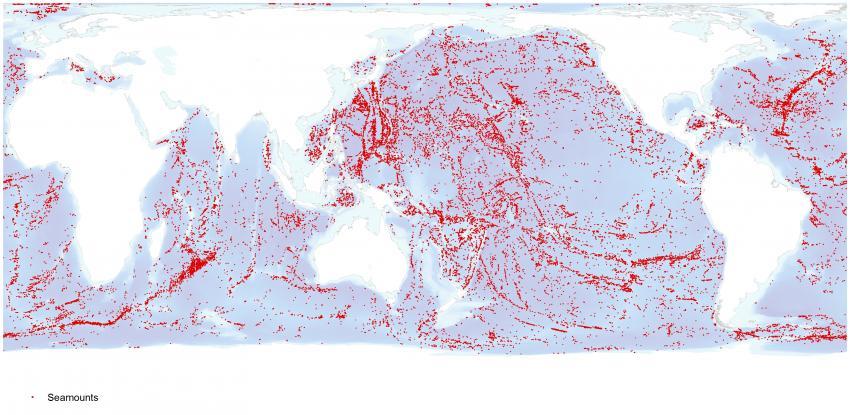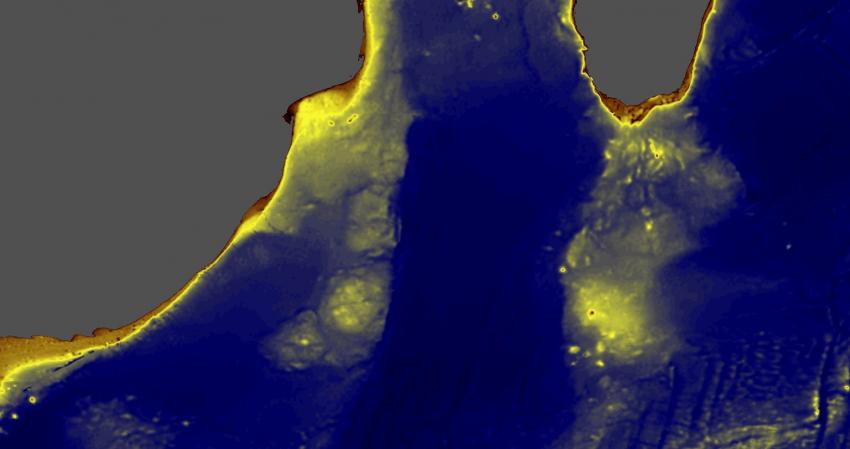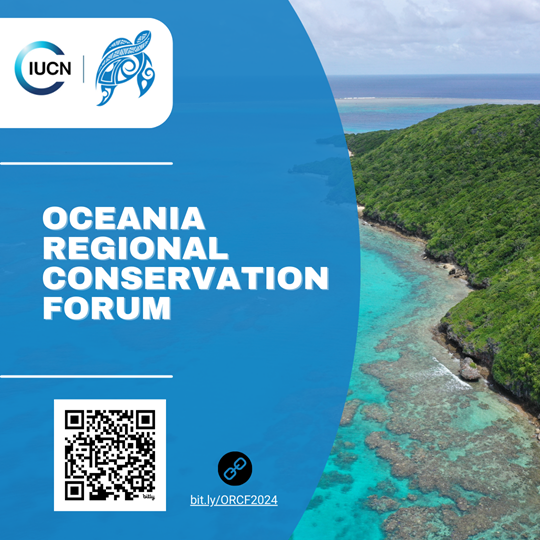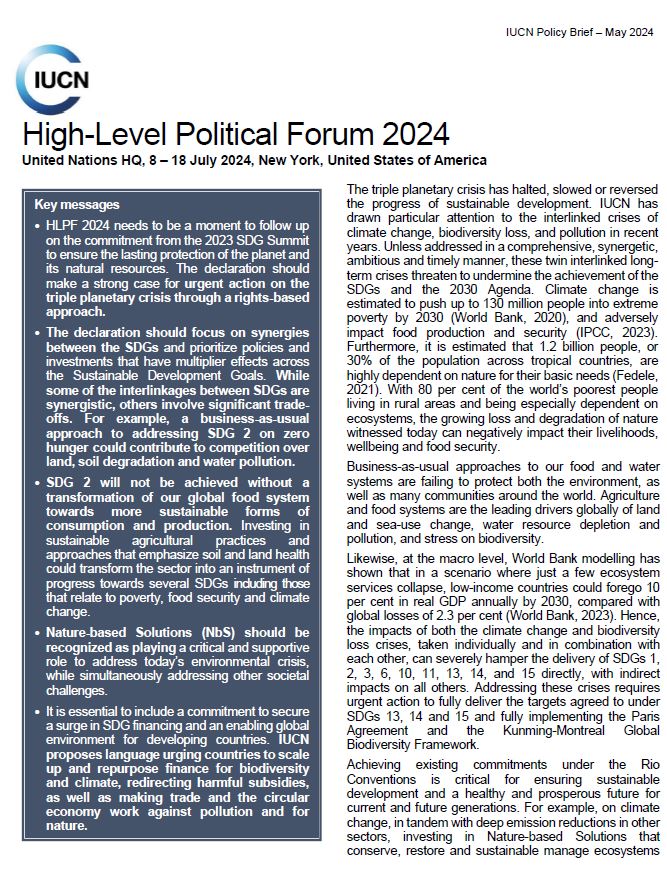What is the issue?
Seamounts are underwater mountains of volcanic origin that rise from the seafloor. Regarded as hotspots of biological diversity in the ocean, seamounts serve as spawning sites for many species. Marine mammals such as whales and dolphins and large predators such as sharks rely on them to feed and rest during migrations. Thanks to their isolation, seamounts can exhibit high levels of biological endemism, which means that many species that occur in or around seamounts cannot be found anywhere else on the planet.
However, many aspects of seamounts are poorly understood: fewer than 300 out of 200,000 existing seamounts have been explored so far.
Seamounts are mostly found in marine areas beyond national jurisdiction (ABNJ) – areas covered by fragmented legal frameworks which leave their biodiversity vulnerable to growing threats. Discussions to fill these legal gaps by creating an implementing agreement to the UN Convention on the Law of the Sea (UNCLOS) are currently underway.

